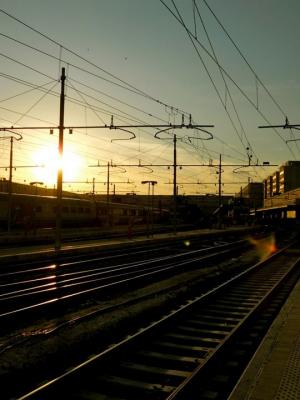By NORMAN LOCK
The Common is pleased to present the opening pages of Norman Lock’s book-length poem, In the Time of Rat, which will be published by Ravenna Press this winter (2013). In a “narrow measure” muscular as Skelton’s but with the wit, precision, and grace of bonsai, Lock delivers the story of Nicolaas Jansen, “soldier/deserter,” insurgent subject and celebrant of Rat. Not since Ted Hughes’ Crow have we encountered a figure with this much disturbing gravity and charisma, and Rat is the more cunning and mercurial of the two. By the book’s end he has become God’s mimic and shadow, double to soldier and state, patron and incarnation of the impulse to war, that force relentlessly “turning/ what is human into/ meat.”







